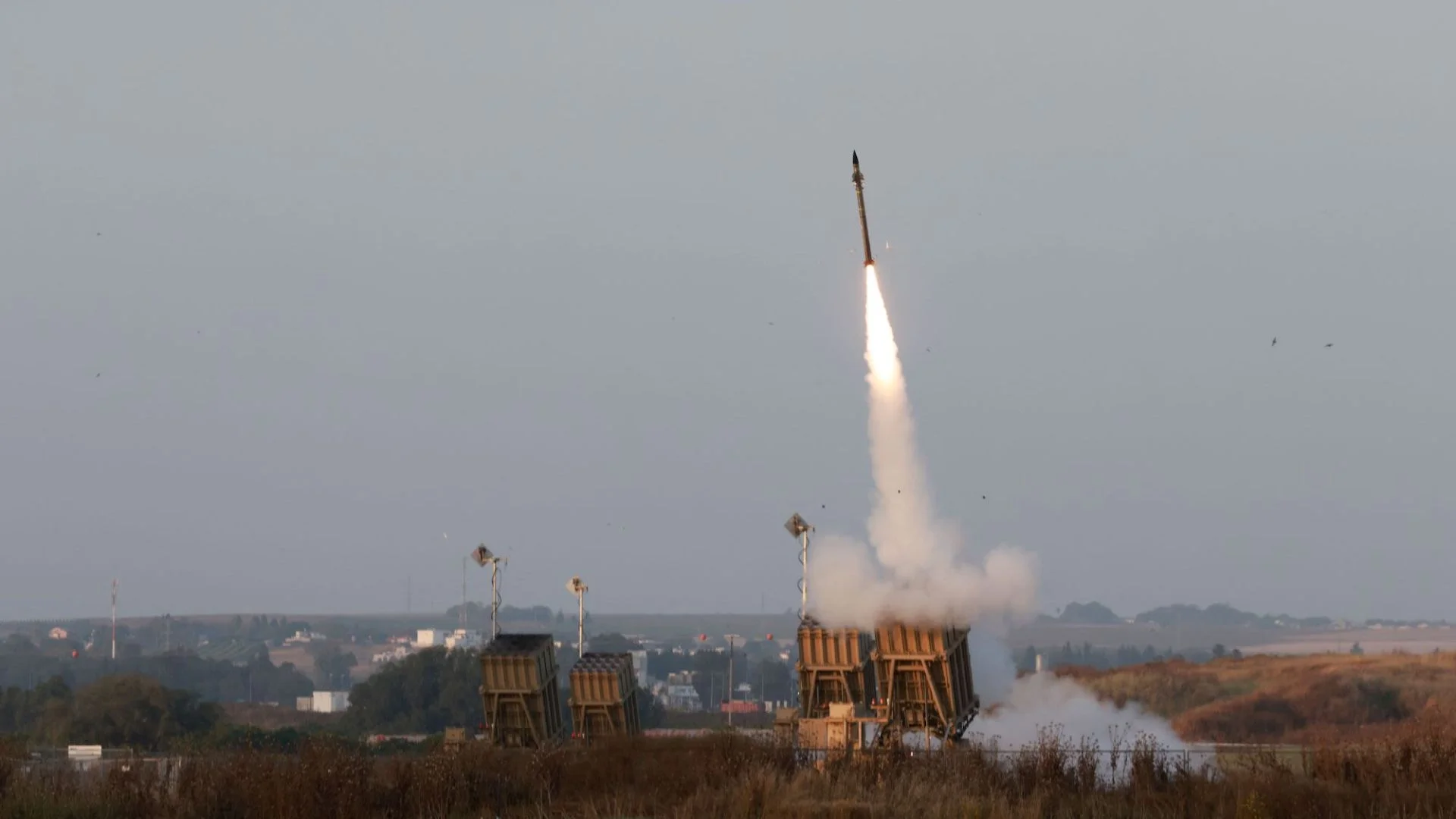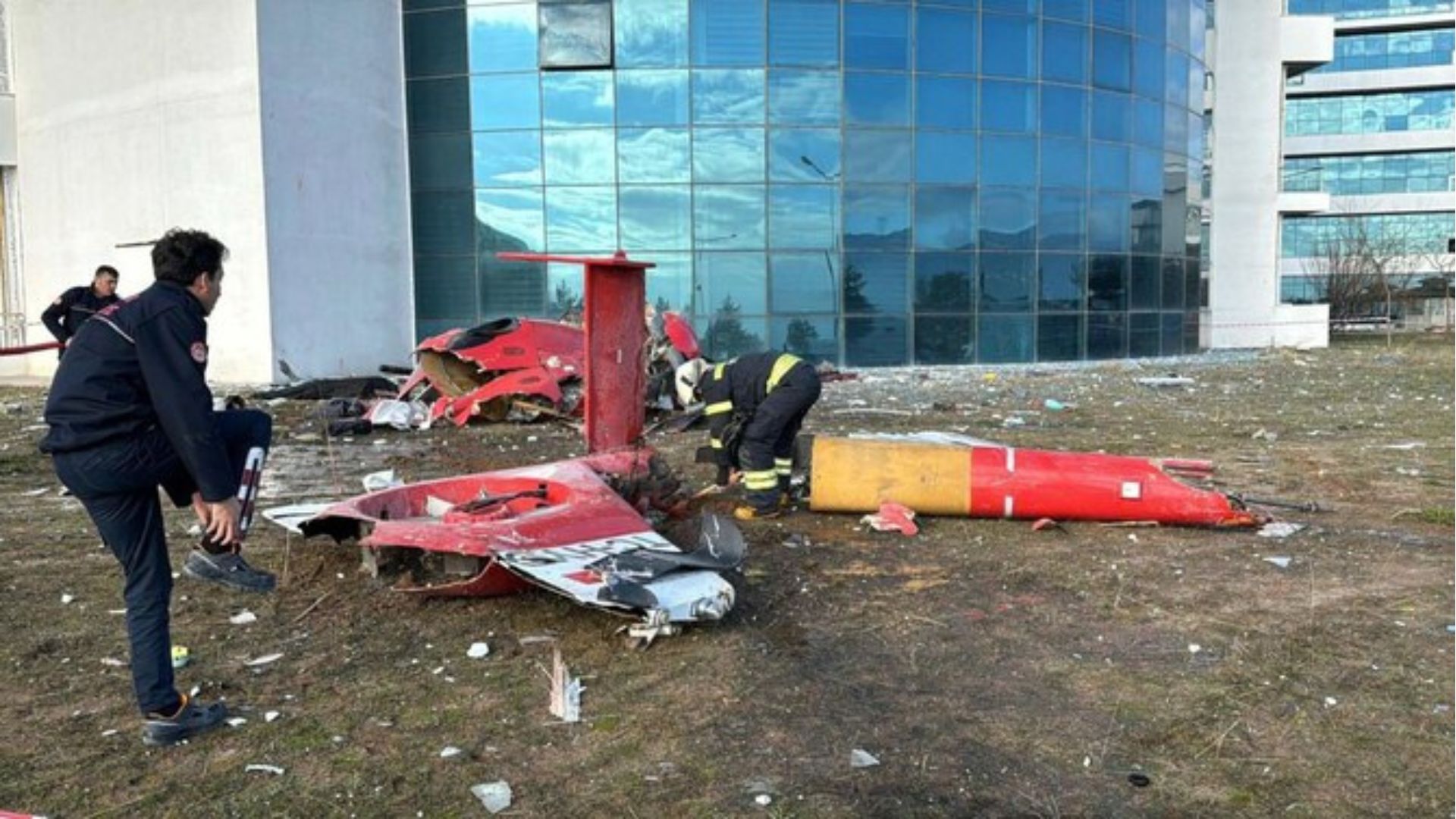Iran’s Hypersonic Missile Tactics Challenge Israeli Defenses
Iran’s recent missile attack on Israel, targeting sites like Nevatim air base and a restaurant in Tel Aviv, has sparked concerns over the effectiveness of Israel’s missile defense systems. While systems like Iron Dome and Arrow have a reputation for high interception rates, Iran’s increasing use of sophisticated and faster missiles demands a reassessment of Israel’s current air defense capabilities.
Iron Dome and Arrow Systems Under Pressure
The Iron Dome, highly effective in countering short-range projectiles, successfully intercepted many of the missiles in the attack. However, its limitations in dealing with ballistic and hypersonic missiles, like Iran’s Fatteh-2 hypersonic missile, raise concerns. The Arrow 2 and Arrow 3 systems, designed for intercepting long-range ballistic missiles, played a crucial role but also face limitations when overwhelmed by the sheer volume of Tehran’s attacks.
Need for Technological Advancements
With missile threats evolving, Israel may need to incorporate new defense strategies. Hypersonic missiles, like those used by Iran, pose a unique challenge due to their speed and complexity. While Israel is already working on laser-based systems like the “Iron Beam,” international alliances and technological upgrades will be essential for safeguarding the nation against future threats.







